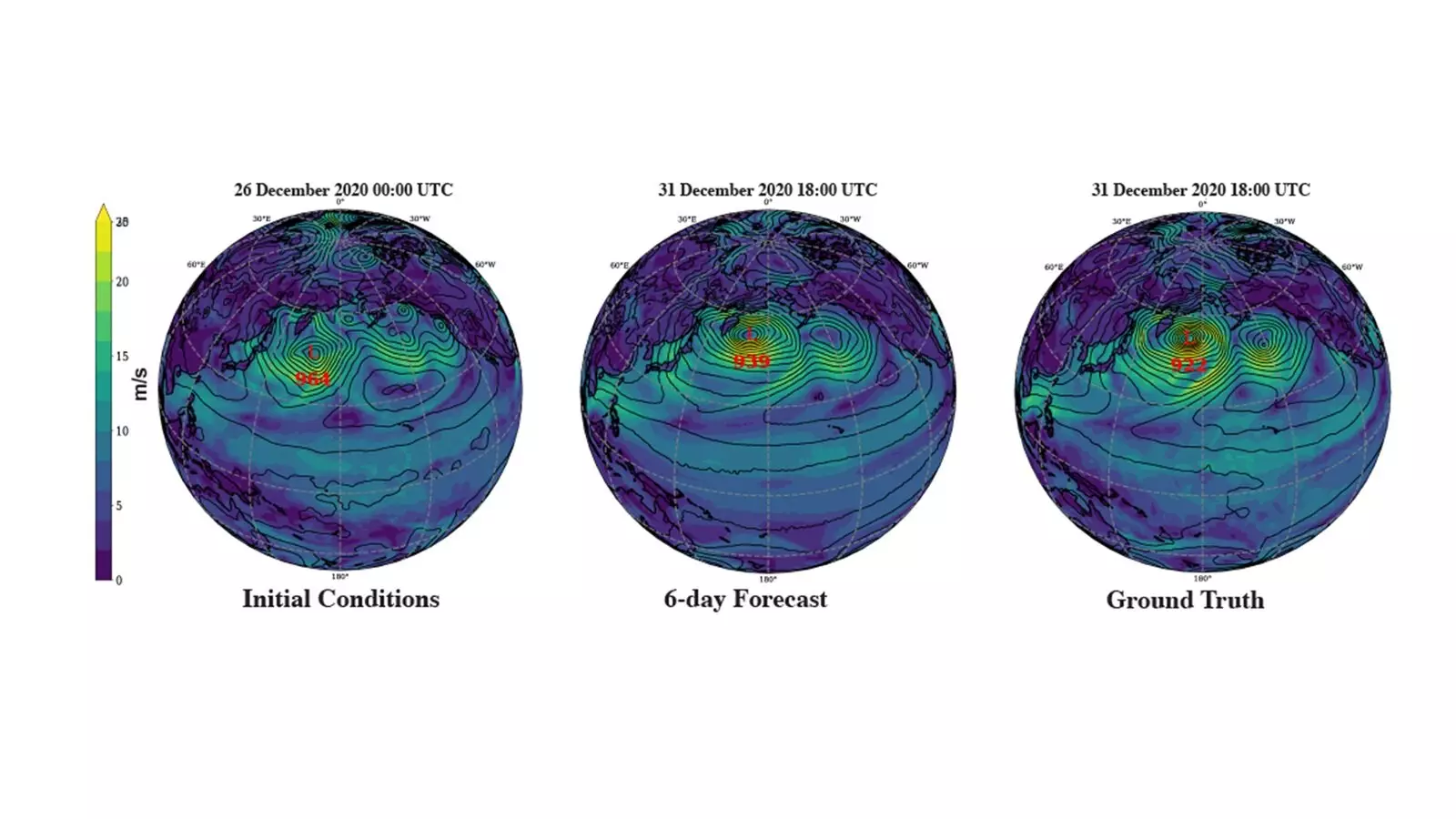Accurate weather forecasting is not just a scientific endeavor; it is crucial for numerous sectors of the American economy. From the intricacies of aviation logistics to the seamless operation of shipping routes, the ability to predict atmospheric conditions affects millions of lives and a vast array of industries. Traditional weather models rely heavily on equations related to thermodynamics and fluid dynamics, but as technology evolves, so do the methodologies behind these predictions. The computational demands of these numerical models often restrict their potency, necessitating the use of large supercomputers that may not be widely accessible.
AI and Foundation Models: A Paradigm Shift
In an exciting twist, researchers, particularly at notable institutions like the U.S. Department of Energy’s Argonne National Laboratory, are exploring artificial intelligence (AI) as a lucrative alternative to conventional weather models. Collaborating with experts from the University of California, Los Angeles, they have initiated pioneering research into foundation models, a type of AI model that may dramatically enhance forecasting precision while also significantly reducing computational costs. This innovative approach has the potential to propel forecasts beyond the conventional seven-day window, offering an unprecedented glimpse into future weather patterns.
The essence of foundation models lies in their utilization of “tokens,” discrete elements that facilitate the model’s comprehension of atmospheric dynamics. Unlike typical models that manipulate raw numerical data, foundation models transform these datasets into visual representations, where tokens take the form of images showing humidity, temperature, and other atmospheric phenomena. This transition to a visual and spatial-temporal data perspective elevates the complexity and makes predictions less reliant on resolution, challenging prior biases that equated higher resolution with superior accuracy.
Breaking Conventional Wisdom in Weather Prediction
Argonne’s scientists are challenging established norms within the field. Traditionally, increasing the computational resolution was thought necessary for precise prediction, but the new AI methodology is rewriting the rulebook. Low-resolution data paired with novel AI approaches have shown potential for comparable accuracy to their high-resolution counterparts, thus democratizing access to effective weather forecasting. As atmospheric scientist Rao Kotamarthi points out, this breakthrough could be revolutionary in managing forecasting costs and resources effectively.
While immediate forecasts may benefit immensely from these AI innovations, the road to utilizing similar methodologies for climate modeling remains fraught with challenges. Climate modeling demands a more nuanced approach—beyond simply capturing data points, it involves understanding and predicting long-term changes in an environment that is itself shifting rapidly due to human influence. The rising levels of carbon in our atmosphere have fundamentally transformed our climate from a linear, predictable state to a more chaotic and complex system. This dynamism complicates predictions, requiring advanced tools and intellectual rigor.
AI’s Role in Understanding Climate Dynamics
Despite the challenges, the application of foundation models for climate modeling remains a tantalizing possibility, although it is recognized that more incentives exist for the private sector to capitalize on weather forecasting improvements. Kotamarthi suggests that work on these models in the context of climate will likely remain primarily in the realm of national laboratories and public interest endeavors. The implications of climate dynamics necessitate a profound understanding, and researchers must evolve quickly as the world around us becomes increasingly unpredictable.
One of the most powerful tools at the disposal of researchers is the newly introduced exascale supercomputer, Aurora. With its capacity for high-resolution modeling, Aurora will empower scientists to train more extensive models that can gain deeper insights into meteorological phenomena. These advancements are integral to overcoming existing limitations in our predictive capabilities, providing a robust framework to explore the complexities of both weather and climate.
Dissemination and Recognition of New Discoveries
The innovations stemming from Argonne’s findings have already been acknowledged within the scientific community, marked by the receipt of the Best Paper Award at the “Tackling Climate Change with Machine Learning” workshop in Vienna. This accolade not only reflects the significance of their contributions to the ongoing discourse around predictive modeling but also highlights the collaborative framework necessary for tackling the monumental challenges of climate change through the means of contemporary technology.
The journey toward a future where AI significantly shapes our understanding of atmospheric phenomena is just beginning. As research continues to evolve, it promises to reshape not only how we forecast weather but also how we confront the overarching challenge of climate change, making the integration of AI in meteorology a pivotal element in both sectors’ future advancements.

